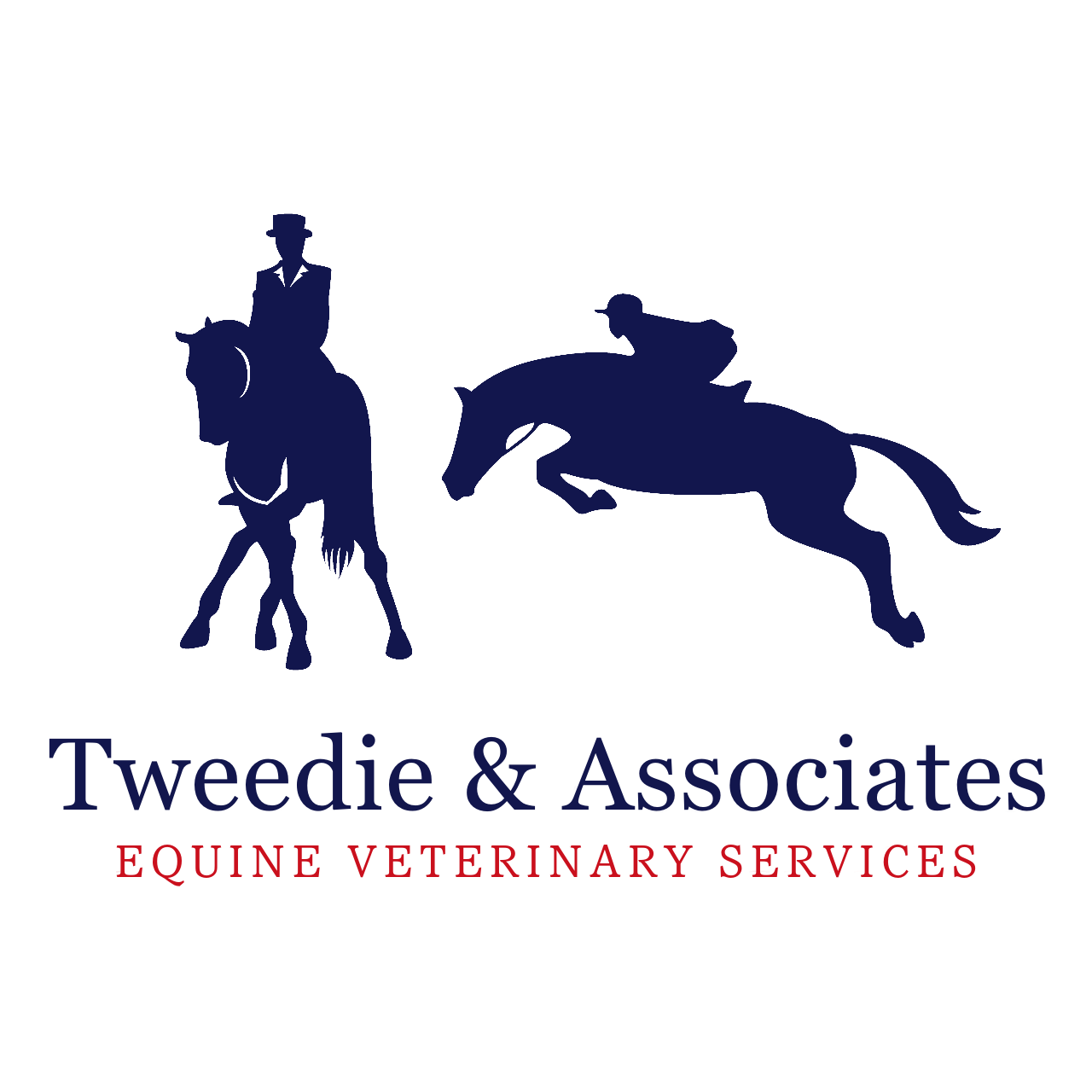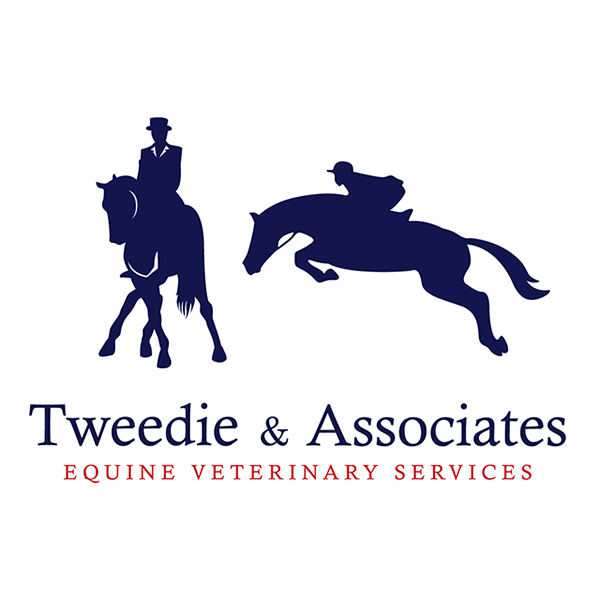EQUINE VETERINARY EXCELLENCEHave your horse castration performed by a highly experienced horse vet.
✓ Our veterinarians are highly experienced conducting anaesthesia in the field.
✓ Our ambulatory veterinarians are equipped with the latest in mobile diagnostic technology.
For all emergencies or to book a castration appointment please ring the clinic direct on 03 5977 5250.
Equine Castrations
Castration is a process known as gelding a horse. It is a surgical procedure to remove the testicles. Castration operations undertaken by our veterinarians can be done standing or under general anaesthetic. Routine castration appointments are available Monday to Thursday, a suitable date and time can be arranged by contacting our office.
Why should I castrate my horse?
The surgical removal of testicles (castration) is performed in colts that are not intended for breeding use, to prevent or reduce undesirable “stallion” behaviour.
After castration, geldings are typically easier to handle, show less aggressive behaviour, and can be paddocked with mares with no chance of pregnancy.
When should I castrate my horse?
Castration is typically performed on colts aged between 6 months up to 2 years old – however the timing can vary with the individual colt. In colts over 2 years, there is a higher chance of retaining stallion-like behaviour. In stallions over 5 years, it is preferable to castrate in hospital due to higher risks of intra-operative bleeding.
It is preferable to perform castrations in the spring and autumn – to avoid the aggravating flies in the summer, and to avoid the muddy conditions in winter. An open, flat, grassy area is preferable to aid in a clean environment and smooth recovery.
EQUINE CASTRATIONFAQ’s
-
Colts must be halter trained before castration – this is to make the procedure safe for you, your horse, and your veterinarian. This will also benefit with post-operative care and will make managing any complications far easier to deal with.
Your colt should be in good general health with no underlying disease which may impact the recovery from his surgery. Ideally, he should be up to date with his deworming and tetanus/strangles vaccination. Tetanus prophylaxis can be given at time of the surgery if they are not up to date.
It is important to check that your colt has two descended testicles in the scrotum. You may be able to visually see two testicles, but prior to anaesthesia your veterinarian will palpate under sedation to confirm. If only one testicle is present in the scrotum, it is possible that your colt is a cryptorchid, which is when the remaining testicle is retained in the abdomen.
-
If under heavy sedation, there is only one palpable testicle by the veterinarian, an ultrasound examination may be able to localise the testicle in the inguinal canal (which connects the abdomen to the scrotum).
If the testicle is visible low in the inguinal canal, it may be able to be accessed when placed under general anaesthesia and a typical castration can be performed.
If the ultrasound shows the testicle high in the inguinal canal or cannot be seen at all, this means the colt is a true cryptorchid – with the retained testicle present in the abdomen. Most “missing” testicles are in the abdomen, it is exceedingly rare that the colt was only born with one.
This requires a more complicated surgical approach, and the colt should be referred to the nearest hospital for cryptorchid castration.
-
In our practice, we perform castration “lying down” under a short acting general anaesthesia. A physical examination is performed, and confirmation of two testicles is done, followed heavy sedation and a general anaesthetic. Pain relief is given to all horses and tetanus prophylaxis is given as needed.
The overlying leg is held up to expose the scrotum, which is then surgically prepared. Under sterile technique, large incisions are made over the scrotum, and the testicles are surgically removed using emasculators. These incisions are stretched and left open (rather than stitched shut) to improve drainage and reduce the chance of infection.
We then monitor your horse during his recovery from anaesthetic – it is essential that he be allowed to recover in a quiet environment for the best recovery. An ideal recovery involves him rolling into a sitting position, then standing once ready. He may be unsteady on his legs, and it important the area be free of any obstacles he may wander into.
-
Immediately after recovery from anaesthesia, your horse should be kept in a stable or small yard to minimise movement for the first 24 hours, after this he may be turned out into a larger yard or paddock to encourage movement and drainage.
For the first 24 hours, it is important to closely monitor your horse. This is mainly to assess the level of bleeding present – slow drips of blood are normal, however if there is a STREAM of blood this is ABNORMAL, and your vet should be called immediately. If there is any tissue seen protruding out of the incision sites, please contact your veterinarian immediately.
After 24 hours, it is important that the horse be exercised to reduce swelling and increase drainage. This can be done by turning out the horse into a paddock and exercising for 15 minutes once to twice daily – the best way is walking and trotting on the lunge or in hand for 1-2 weeks.
Horses will typically be placed on a short course of anti-inflammatories and antibiotics – your veterinarian will dispense these at the time of castration.
Please monitor your horse’s temperature once per day – it should be between 37.0-38.5Co.
Do NOT attempt to clean the incision sites and do NOT use a hose directly up into the incision sites, any blood present on the lower legs may be cleaned with water and a sponge.
Do NOT use purple spray or any fly repellent around the incision as it is very irritating to the healing wounds – fly spray may be applied from the side onto the hindquarters if needed.
The incision sites will typically take around two weeks to heal completely. During the first five days, it is common that the scrotum swells to about 2-3 times its normal size, this is normal and can be reduced with exercise, and should return to normal around 5 days post-op.
There may be some blood tinged or clear fluid seen to weep from the wounds, this is normal for the first couple days. If the discharge becomes yellow/green or looks like pus, please contact your veterinarian immediately.
You should keep your recently gelded horse separate from mares for the first three weeks following castration, as it may be possible for them to impregnate them with any sperm remaining in the urogenital tract.
-
If there is a stream of blood (more than a steady drip) from the incision sites.
If there is any tissue seen protruding from the incision sites.
If there is any yellow/green or purulent looking discharge present from the incision sites.
If the scrotum is very swollen (more than 3 times typical size) or remains swollen after 5 days.
If the horse develops any signs of colic, inappetence, dullness, or a rectal temperature over 38.5Co.
-
Whilst all efforts are made to prevent any complications, castration carries a relatively high incidence of complications. If you note any of these complications, please call your veterinarian.
Bleeding: a steady drip of blood that resolves within 24 hours is normal, however a stream of blood from the incision site is abnormal.
Scrotal swelling: mild swelling that resolves within 5 days is normal, however persistent or excessive swelling is abnormal.
Infection: signs of a post-op infection include dullness, inappetence, fever, excessive scrotal swelling, purulent discharge from the incision sites.
Inguinal hernia: in some horses the inguinal canal (the passageway between the abdomen and scrotum) is larger, and in rare cases the intestines or other abdominal tissue can pass through this opening into the external environment. This is a life-threatening complication and a vet must be contacted immediately.
Anaesthesia: as castration is performed under general anaesthesia, the most common complication involves injury during recovery from anaesthesia – such as abrasions, lacerations, or fractures. These risks are reduced by using a flat, open, grassy soft surface with a quiet environment for recovery.



